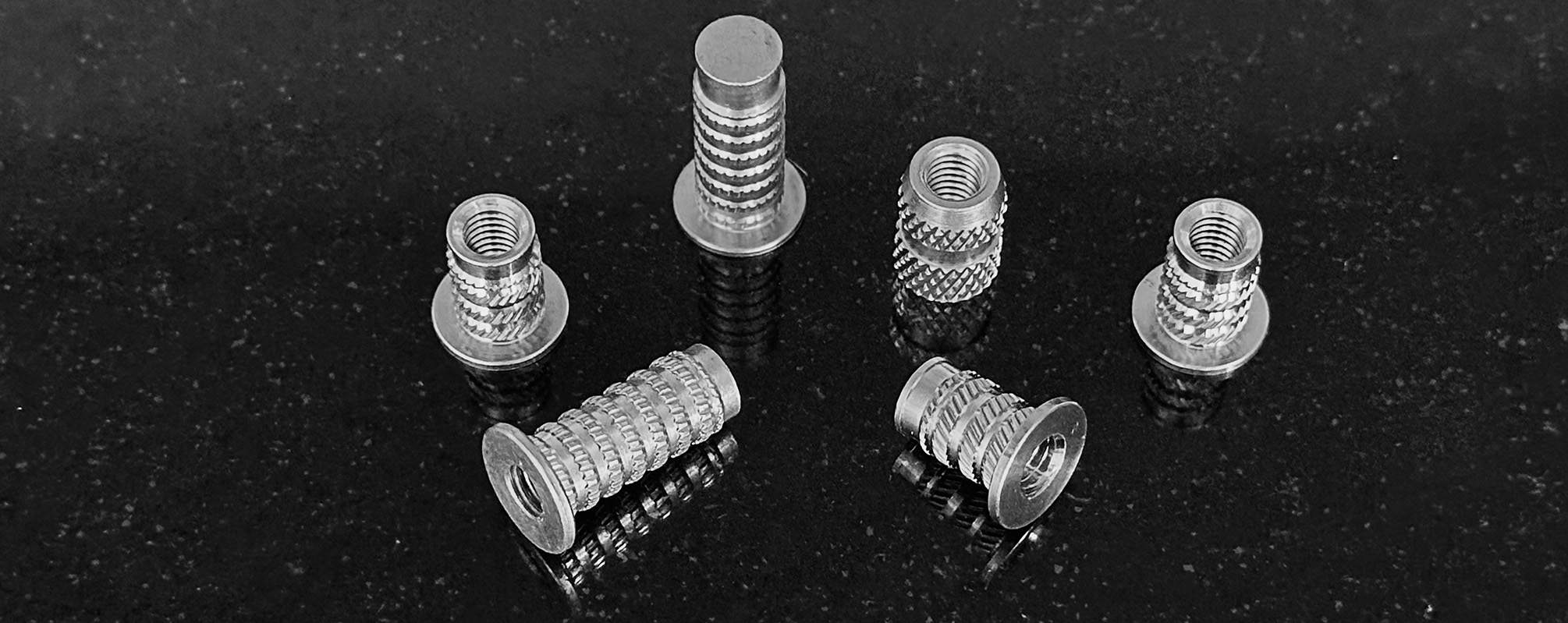As car designers accelerate the integration of lightweight materials into vehicle designs, collaboration between plastics and fastener engineers has become an imperative. Nowhere is this more evident than during the prototyping and pre-production stages, where fastener choices can significantly influence part performance, manufacturability, and long-term durability. When fastener integration is
Plastics
Understanding Stress Distribution in Fasteners Used for Plastics and Composites
Fasteners used with plastics and composites are subjected to different forces than ones used in metals and other materials. Plastics respond in a completely different manner than metals when subjected to mechanical loads. They exhibit behaviors such as creep, anisotropy, and variable tensile strength depending on polymer type and fiber
Should You Use Self-Tapping Screws in Plastic and Carbon Fiber Assemblies?
Balancing Strength, Speed, and Material Compatibility in Plastics and Carbon Fiber As plastics and composites replace the use of metals in major industries, the question of how best to fasten complex assemblies is more relevant than ever. Self-tapping screws—fasteners that cut their own threads during installation—offer compelling benefits in these
Choosing the Correct Fastener for Composite Materials and Plastics
How to Select Fasteners that Match the Properties of Composites and Plastics Arguably, nothing has revolutionized technological advancement and product design in key industries over the last 75 years like plastics and composites. Advancements in plastic and composite assemblies have driven advancements in key arenas such as aerospace, automotive, medical,
Why Are Threaded Inserts Essential in Household Appliances?
See how the use of exotic materials, plastics and high-stress parts made threaded inserts a vital partner in the Appliance Industry As we move further into the 2020s, every household appliance seems to get more and more complicated. However, one thing remains the same: the need for seemingly simple,
Why Steel Inserts or Aluminum Inserts might be a good alternative to Brass
Here at CFI, we’ve been working with components of all kinds for over three decades, including threaded inserts. Typically, inserts are made from brass, due to the material’s versatility thanks to its position in the material science Goldilocks zone of relative strength, cost, corrosion resistance, machinability, thermal conductivity, and lack
Why Threaded Inserts may be the answer for your injection molding application
In our previous blog, we covered the basics of threaded inserts and more specifically, brass inserts. However, we only touched upon their use in injection molding applications. As we said in our previous blog, injection molding goes hand-in-hand with brass inserts because inserts offer a strengthened connection between plastics and
Innovation in Threaded Inserts for Automotive Plastics and Composites
In a world filled with next-generation materials, is there still room for the threaded insert? Even in non-electrified vehicles, weight has grown as safety protocols demand more safety systems. According to NADA, the average weight of a new vehicle sold in the US in 2022 was 4,329 pounds – 1,000
Which Fasteners Work Best in High-Vibration Composite Assemblies?
How to choose the best fasteners for plastic and composite materials in dynamic-load environments You’ll find composite materials in everything from everyday kitchen gadgets to high-performance electronics in cars and airplanes. That’s why engineers in these industries must select fasteners can withstand the intense vibration and dynamic stress that come
Heat-Set vs. Ultrasonic Inserts in Injection Molded Plastics
Selecting the Optimal Threaded Insert Seating Method for Industrial Applications If your plastic or composite assemblies require more strength, heat-set and ultrasonic inserts may be the answer. Heat-Set and Ultrasonic Inserts offer and require more pull-out strength than even traditional press-in inserts. Both of these inserts find their strength by











